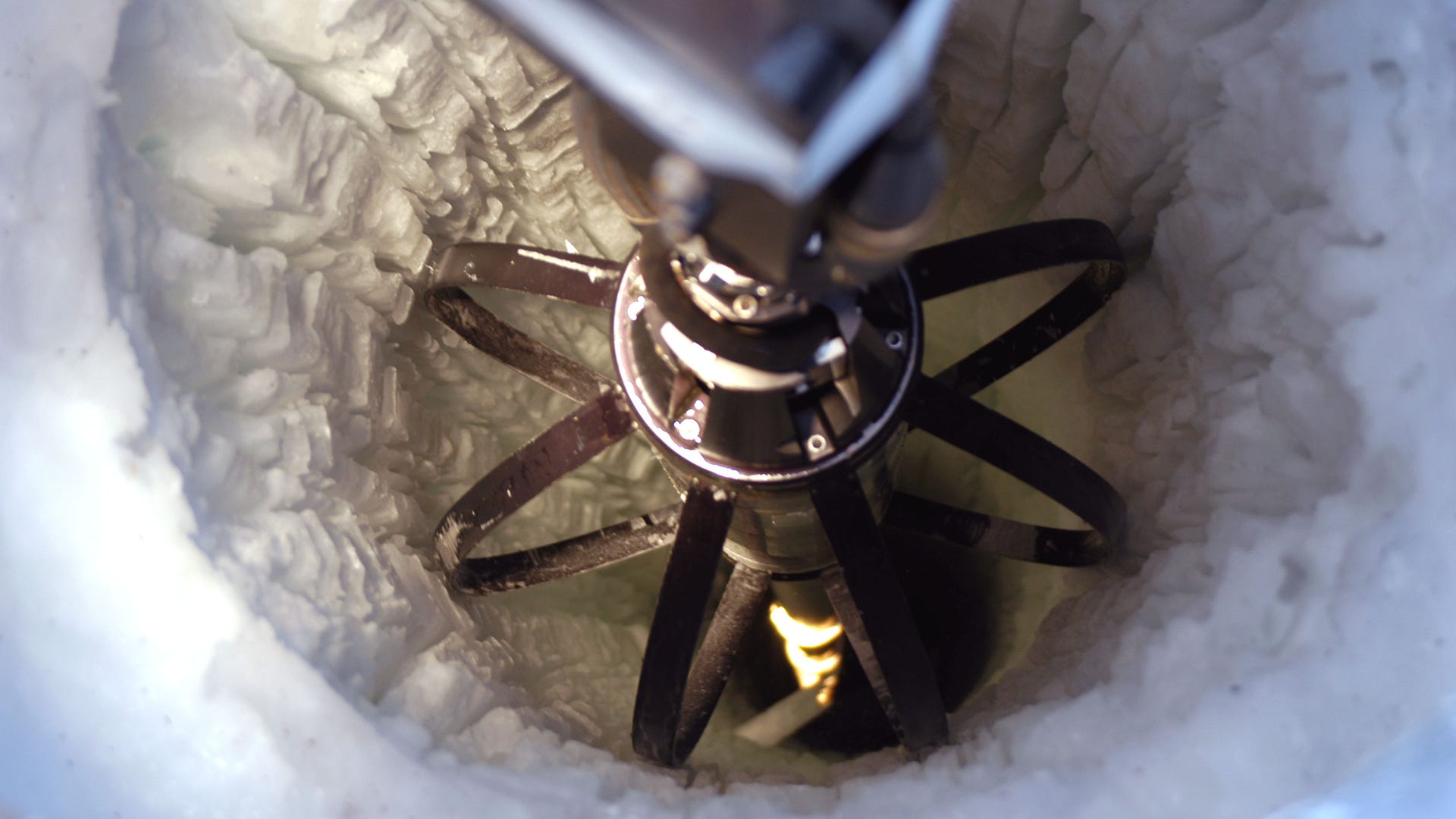Move Back
ADVERTISEMENT
Skip- Published13 Images
IceCube: The Coldest Science on Earth
After five cold years, researchers are set to finish a giant underground telescope buried beneath the South Pole. Accordingly called the IceCube Observatory, completion is expected late Friday, once the last of more than 5,000 optical sensors is buried as much as two miles below the permanent ice cap covering Antarctica.
![IceCube_Lab_at_Sunset]()
![Scott Smith at South Pole]()
![Jessica Hodges with IceCube]()
![The IceCube Concept]()
![special drill for IceCube]()
![DOM going down hole]()
![Results_of_a_Damaged_Hose]()
![DOM up close]()
![Ice_Cube_from_the_air]()
![How_do_you_reach_remote_antarctica]()
![Digging_a_hole]()
![a_single_sensor]()
![The_road_to_Ice_Cube_Lab]()
- Published13 Images
IceCube: The Coldest Science on Earth
After five cold years, researchers are set to finish a giant underground telescope buried beneath the South Pole. Accordingly called the IceCube Observatory, completion is expected late Friday, once the last of more than 5,000 optical sensors is buried as much as two miles below the permanent ice cap covering Antarctica.
Move Forward
- IceCube: The Coldest Science on Earth













Thumbnail View
Image 0 of 13












